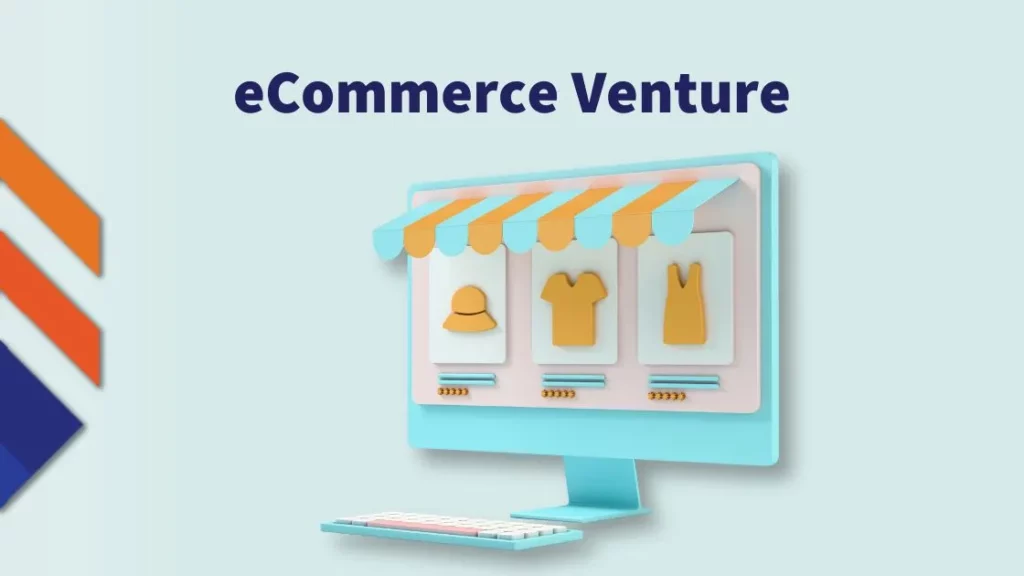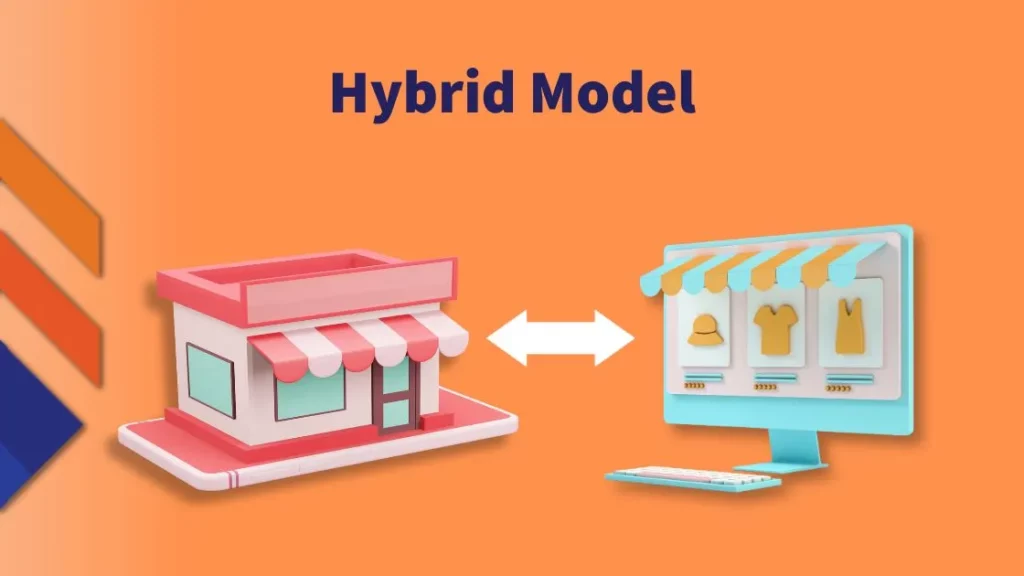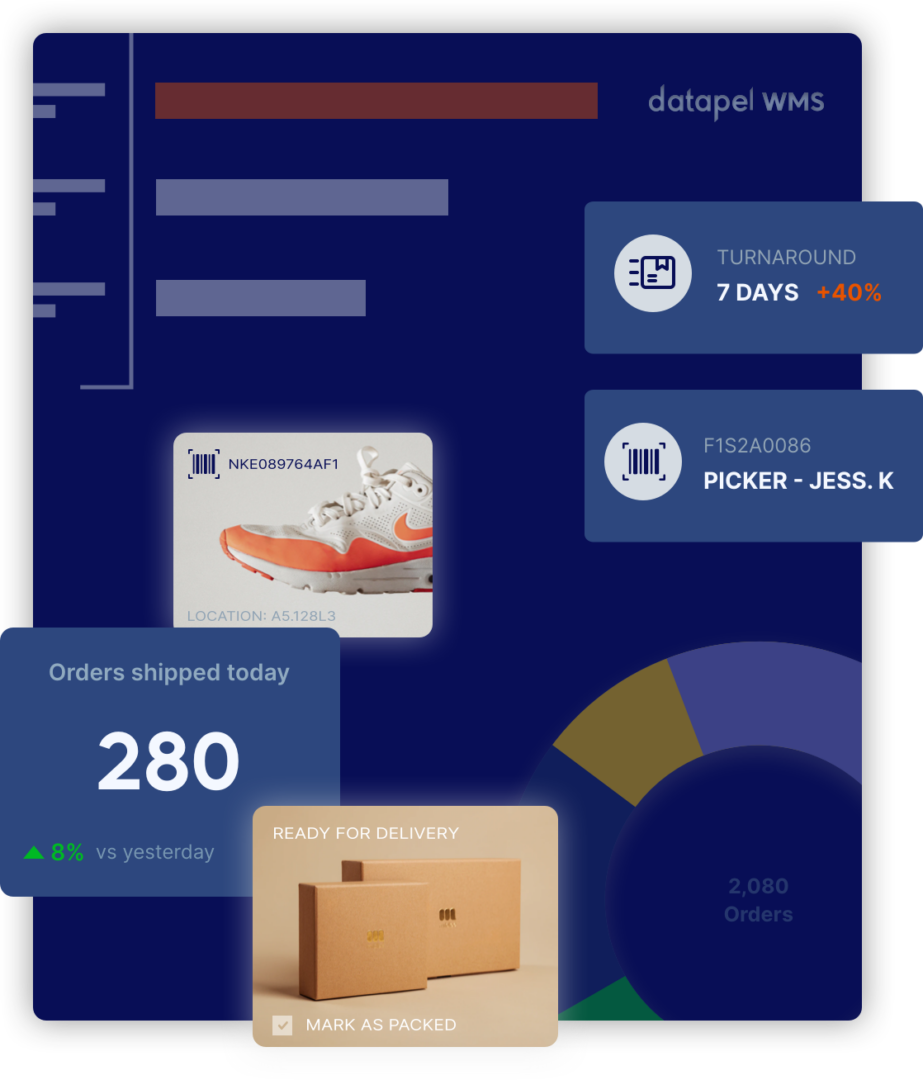Finding the Ideal Retail Business Model: A Comprehensive Guide
Contents
In the ever-evolving landscape of retail, selecting the right retail business model is a pivotal decision that can profoundly impact your success. At Datapel, we understand the significance of this choice and are committed to providing you with a comprehensive guide to help you make an informed decision tailored to your goals and aspirations.
Understanding Your Retail Landscape
In today’s dynamic market, it’s crucial to conduct a thorough analysis of your local retail landscape. Identifying trends, consumer behaviour, and emerging markets is essential. We recommend leveraging advanced market research tools to gain actionable insights.
Market Trends and Consumer Demands
Staying attuned to market trends is imperative. Consider factors such as:
eCommerce Surge: With the digital era in full swing, exploring eCommerce options is a prudent move. The convenience and accessibility it offers align well with the changing preferences of modern consumers.
Sustainability: Eco-conscious consumers are on the rise. Incorporating sustainable practices into your retail business not only appeals to a growing market segment but also aligns with global initiatives for a greener future.
Retail Business Models Decoded
Now, let’s delve into specific retail business models to help you make a well-informed decision.
1. Brick-and-Mortar Stores

The brick-and-mortar retail business model is a traditional and tangible approach to commerce, where businesses operate physical storefronts or premises for conducting transactions with customers. In this model, customers visit a physical location to explore, interact with, and purchase products or services directly.
This method has been the backbone of retail for centuries, predating the digital age.
Key Characteristics of Brick-and-Mortar Retail:
Physical Presence: Brick-and-mortar businesses have a tangible, real-world location, whether it be a standalone store, a shopping mall outlet, or a department within a larger retail space.
Face-to-Face Transactions: Transactions occur in person between customers and sales representatives, fostering direct interaction and relationship-building.
Tactile Shopping Experience: Customers can physically examine products, try them out, and assess their quality before making a purchase.
Established Consumer Trust: The physical presence instils a sense of reliability and trust among consumers, particularly those who value the security of a tangible storefront.
Operational Considerations:
Higher Overheads: Maintaining a physical space involves substantial costs, including rent, utilities, and staffing, contributing to higher operational overheads.
Geographical Limitations: The reach of a brick-and-mortar store is inherently confined to its physical location, limiting the potential customer base to those within proximity.
Personalised Customer Service: Face-to-face interactions enable businesses to provide personalised customer service, addressing queries and concerns in real time.
Adaptation in the Digital Era: While the rise of eCommerce has presented challenges to traditional brick-and-mortar models, many businesses are adopting hybrid approaches, integrating online platforms to complement their physical presence. This evolution underscores the necessity for traditional retailers to embrace digital strategies while retaining the strengths of in-person commerce.
2. eCommerce Ventures

The eCommerce venture retail business model stands as a transformative force within the contemporary commercial sphere, fundamentally reshaping the dynamics of trade in the digital era. This strategic approach involves the facilitation of transactions predominantly through online platforms, forging a virtual marketplace that extends its reach to a global audience.
Essential Characteristics:
Digital Storefront Innovation: For startups, crafting an engaging digital storefront is not just a necessity but a prime opportunity for innovation. Websites and online platforms should not merely showcase products but should tell a compelling story, creating an immersive brand experience for potential customers.
Global Aspirations: Startups can leverage the eCommerce model to propel beyond local limitations. The digital sphere offers a global audience, allowing startups to break free from geographical constraints and tap into diverse markets.
Tech-Savvy Security Measures: Prioritising transaction security is crucial. Startups should invest in tech-savvy solutions such as secure payment gateways and advanced data encryption to build trust and instil confidence among their customer base.
Agile Analytics for Growth: Startups can harness the power of agile analytics and data-driven insights to fuel growth. Understanding customer behaviour, preferences, and market trends empowers startups to make informed decisions, adapt quickly, and refine their offerings.
Always-On Accessibility: Unlike traditional models, eCommerce ventures operate 24/7. This constant accessibility caters to the dynamic lifestyles of consumers, providing startups with a competitive edge in meeting customer demands at any time.
Cost-Effective Strategies: For startups, cost efficiency is paramount. The inherent lower overheads associated with eCommerce can be a strategic advantage. This allows startups to be agile, experiment with pricing strategies, and achieve better profit margins.
Challenges and Tailored Solutions:
Navigating the Digital Jungle: In the competitive online marketplace, startups must stand out. Digital marketing strategies tailored to the startup ethos are essential for creating a distinctive online presence and attracting an audience amidst digital noise.
Crafting Personalised Online Experiences: The absence of physical interactions necessitates a focus on creating personalised online experiences. Startups can excel by investing in user-friendly interfaces, compelling visuals, and clear product descriptions to enhance customer engagement.
Logistics with Startup Agility: Startups can turn logistics into a competitive advantage by prioritising agile and efficient fulfilment processes. Timely and reliable deliveries contribute significantly to customer satisfaction and loyalty.
Cybersecurity for Trust Building: Cybersecurity is not just a technical concern but a trust-building tool for startups. Robust security measures safeguard customer data, preserving the startup’s reputation and viability.
3. Hybrid Model

The hybrid retail business model stands as a strategic synthesis of both physical and digital commerce, offering a versatile approach that adapts to the evolving preferences of modern consumers. In this model, businesses seamlessly integrate both brick-and-mortar stores and online platforms, aiming to provide customers with a comprehensive and flexible shopping experience.
Key Characteristics of the Hybrid Retail Business Model:
Diversity in Customer Engagement: A fundamental strength of the hybrid model lies in its ability to engage customers through multiple channels. Whether it’s the tangible experience of a physical store or the convenience of online browsing, businesses can cater to a diverse audience with varied preferences.
Omni-Channel Presence: Hybrid retailers strategically leverage both offline and online channels, creating an omni-channel presence. This ensures a seamless and integrated experience for customers, allowing them to transition effortlessly between physical and digital touchpoints.
Integrated Inventory Management: Successful implementation of the hybrid model requires a cohesive approach to inventory management. Businesses harmonise their inventory across both online and offline channels, reducing the risk of discrepancies and ensuring a unified product offering.
Technological Integration: Technology plays a pivotal role in the hybrid model. Point-of-sale systems, eCommerce platforms, and inventory management systems are integrated to streamline operations, providing real-time insights for better decision-making.
Click-and-Collect Services: Offering customers the option to purchase online and collect in-store is a hallmark of the hybrid model. This bridges the gap between physical and digital, providing customers with the convenience of online shopping coupled with the immediacy of in-store pick-up.
Adaptability to Market Trends: Hybrid retailers exhibit adaptability to emerging market trends. Whether it’s the integration of augmented reality for in-store experiences or the implementation of innovative digital marketing strategies, this model allows businesses to stay at the forefront of industry evolution.
Benefits and Considerations:
Expanded Customer Reach: The hybrid model allows businesses to reach a broader audience by catering to both online and offline consumer preferences.
Operational Flexibility: Businesses benefit from operational flexibility, as the hybrid model allows for adjustments based on market trends and shifts in consumer behaviour.
Enhanced Customer Insights: The integration of technology provides businesses with valuable customer insights, enabling personalised marketing strategies and improved customer engagement.
Challenges and Strategies:
Operational Complexity: Managing both physical and online aspects can be operationally challenging. However, businesses can mitigate complexity through robust technology solutions and streamlined processes.
Consistent Brand Experience: Maintaining a consistent brand experience across channels is crucial. Businesses should invest in cohesive branding strategies to ensure a seamless transition for customers between online and offline interactions.
In navigating the dynamic landscape of modern retail, the hybrid business model emerges as a strategic choice, offering the best of both physical and digital realms. Businesses adopting this model position themselves at the intersection of convenience and experience, creating a retail environment that resonates with the diverse preferences of today’s consumers.
Crafting a Successful Business Plan

Once you’ve identified your preferred retail model, it’s time to articulate a compelling business plan. Your plan should encompass:
- Target Audience Profiling: Clearly define your target demographic, understanding their needs, preferences, and purchasing behaviour.
- Competitive Analysis: Analyse competitors to identify gaps in the market and opportunities for differentiation.
- Financial Projections: Develop realistic financial projections, factoring in initial investments, operational costs, and potential revenue streams.
- Execution is the linchpin of success. Implementing your business plan requires meticulous attention to detail. Leverage technology for efficient operations, and continually assess and adapt your strategies based on performance metrics.
- Scalability is a critical consideration. Anticipate growth and ensure your chosen retail model can accommodate expansion without compromising quality or customer experience.
Conclusion
Selecting the ideal retail business model demands a strategic approach rooted in understanding local market dynamics, consumer trends, and emerging markets. Options such as brick-and-mortar stores, eCommerce ventures, and hybrid models each come with distinct characteristics and operational considerations.
Crafting a successful business plan, incorporating targeted audience profiling, competitive analysis, and financial projections, sets the stage for execution, where technological leverage and scalability considerations become linchpins for sustained success in the dynamic retail landscape.

In my role, I oversee the development of insightful blogs that delve into the intricacies of warehouse management. Each piece reflects my dedication to empowering businesses through informative content. Through my team’s extensive experience in the industry, we aim to bring clarity to the complexities of WMS, helping businesses make informed decisions.
Join me on a journey through the ever-evolving landscape of warehouse technology as we explore the latest trends, industry insights, and practical tips to streamline your operations. Feel free to connect, and let’s embark on a collaborative exploration of how WMS can redefine your business efficiency.
Cheers to innovation, efficiency, and the exciting world of warehouse management!







